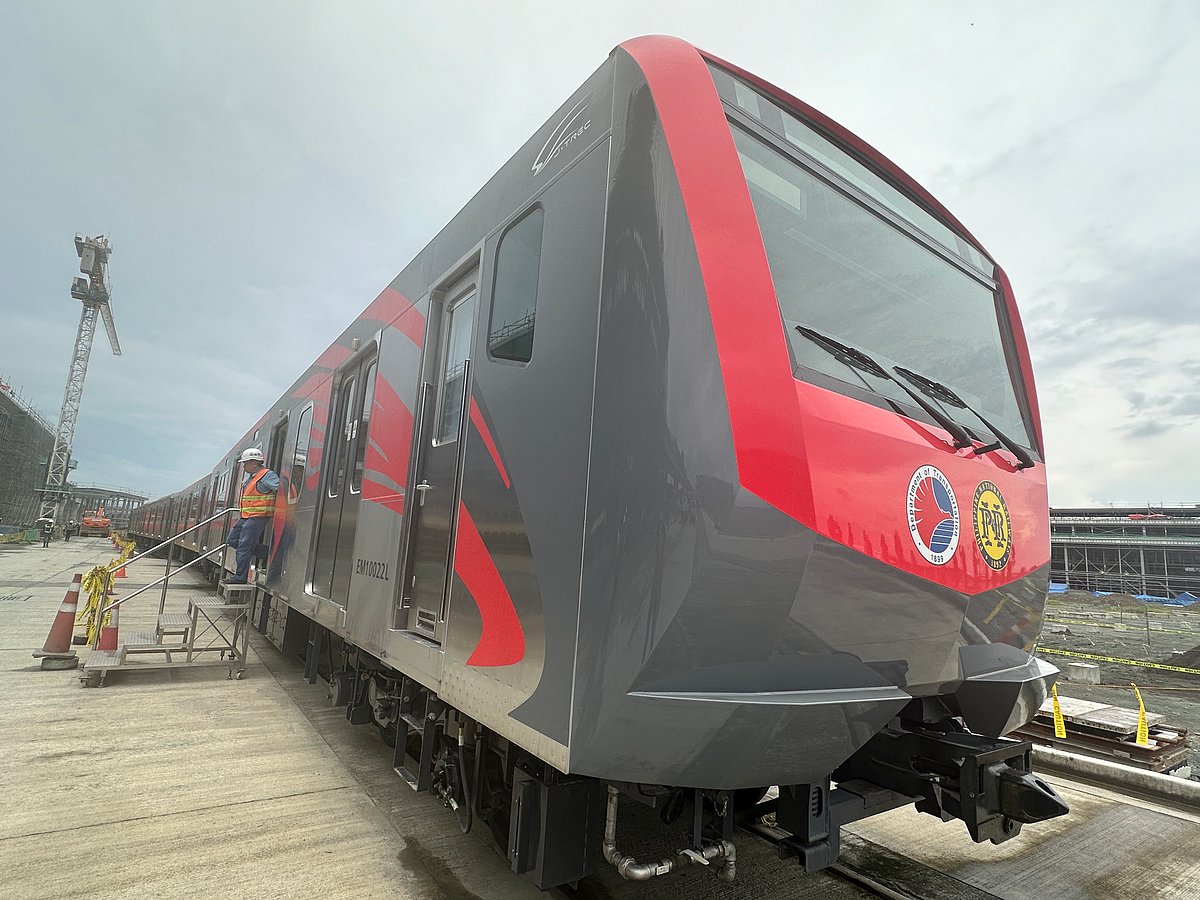Progress Update on North-South Commuter Railway Project
The North-South Commuter Railway (NSCR) Project in the Philippines is making significant strides toward completion, with the Manila-Clark segment currently at approximately 65% completion as of 2025. This ambitious infrastructure initiative aims to enhance transportation efficiency and alleviate congestion in Metro Manila and its surrounding provinces.
Project Overview
The NSCR is designed to span approximately 147 kilometers, connecting key areas including Metro Manila, Bulacan, Pampanga, and Laguna. The project consists of three main segments:
1. **PNR Clark Phase 1**: Tutuban to Malolos (38 km), featuring elevated viaducts and stations. 2. **PNR Clark Phase 2**: Malolos to Clark International Airport (53 km), which includes a depot in Valenzuela. 3. **PNR Calamba**: Solis to Calamba (56 km), linking the southern provinces.
This railway system is inspired by successful models like the Dubai Metro, aiming for speeds of up to 130 km/h to significantly reduce travel times.
Current Status and Challenges
As of October 2025, the Department of Transportation (DOTr) reports varying completion rates for different segments of the NSCR:
– **Tutuban to Malolos**: Completion ranges from 43% to 78%, depending on the source. – **Malolos to Clark**: Estimated at 33% to 50% as of mid-2024 to 2025. – **Manila to Calamba**: This segment faces the most challenges, with only 7% to 12% completion due to right-of-way issues and informal settlements.
Despite these hurdles, progress continues, particularly with the clearance of right-of-way issues in six critical areas from Calumpit, Bulacan to Clark, Pampanga.
Key Developments
The project has received substantial support, including the delivery of 108 new train cars from Japan’s JR East and Sumitomo. The NSCR will operate under a public-private partnership (PPP) framework, with 28 Japanese companies, including major players like Mitsubishi and Hitachi, expressing interest in the operations and maintenance contract.
Financing for the project includes ₱488 billion from the Japan International Cooperation Agency (JICA) and ₱142 billion from the Asian Development Bank (ADB). Japanese firms are also leading the civil works construction, ensuring high-quality standards.
Environmental and Economic Impact
The NSCR is not just about improving transportation; it also aligns with the Philippines’ “Build, Better, More” infrastructure agenda under President Ferdinand Marcos Jr. Independent studies by the ADB predict a 60% reduction in commute times along the north-south corridor, decreasing travel from over three hours by road to under one hour by rail. Additionally, the project is expected to cut annual CO₂ emissions by approximately 200,000 tons by shifting commuters from cars and buses to trains.
Sustainability features are integrated into the design, including solar-powered stations and regenerative braking systems. The railway will also facilitate seamless transfers with existing Metro Manila transport systems, such as MRT-3 and LRT-1.
Future Prospects
The NSCR is poised to accommodate up to 800,000 daily passengers, utilizing modern technology inspired by Japan’s Shinkansen trains. While the DOTr has committed to affordable fare structures, specific fare matrices have yet to be finalized.
The completion of the NSCR is anticipated to provide significant economic benefits to regions like Bulacan, Pampanga, and Laguna, enhancing connectivity and creating job opportunities.
FAQs
What is the current completion status of the NSCR Project?
As of October 2025, the Manila-Clark segment is approximately 65% complete, with varying completion rates for other segments.
How will the NSCR impact travel times?
The NSCR is expected to reduce north-south commute times by 60%, cutting travel from over three hours by road to under one hour by rail.
What are the environmental benefits of the NSCR?
The project aims to reduce annual CO₂ emissions by around 200,000 tons by encouraging a shift from cars and buses to rail transport, along with incorporating sustainable features like solar-powered stations.
Conclusion
The North-South Commuter Railway Project represents a transformative step for the Philippines’ transportation infrastructure. With significant progress made and continued support from international partners, the project is set to enhance connectivity and reduce congestion in Metro Manila and surrounding areas. As construction advances, the focus will remain on overcoming challenges to ensure timely completion and operational efficiency.
Also Read:
North-South Commuter Railway Progress in the Philippines







